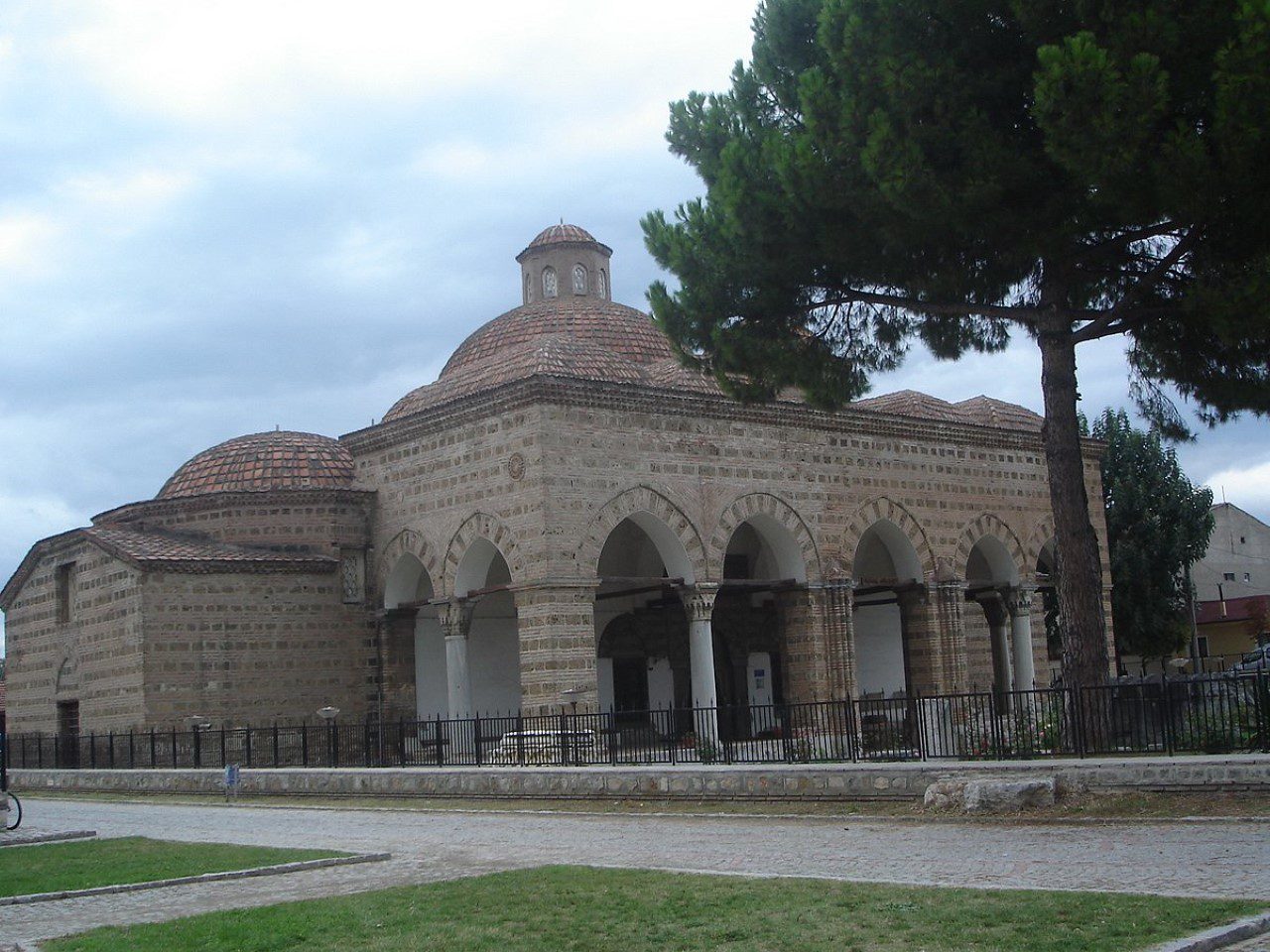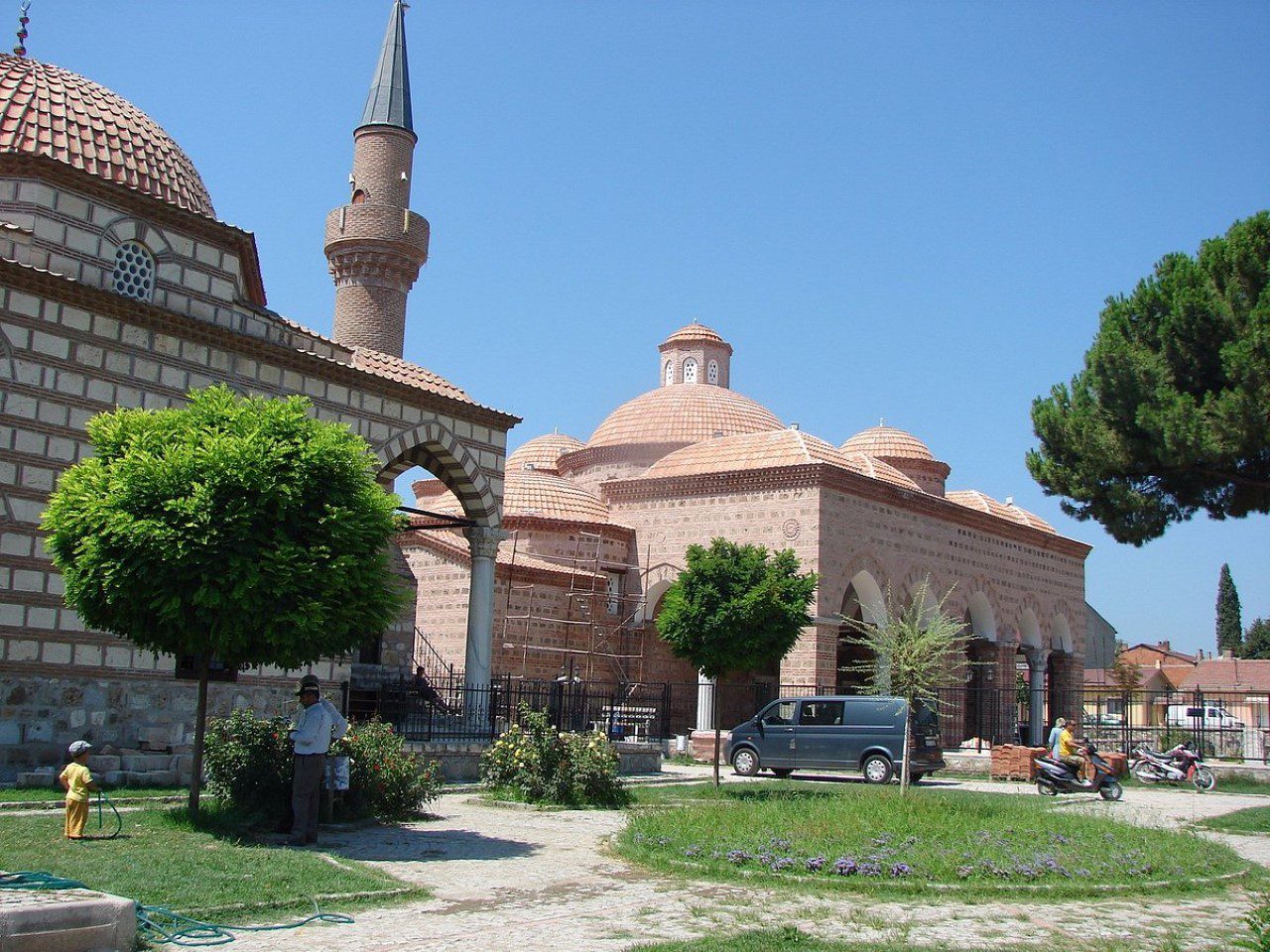Iznik District, a small town located in northwestern Turkey, holds an illustrious history deeply intertwined with the world of ceramics. Renowned for its vibrant and intricate tilework, Iznik has left an indelible mark on the world of decorative arts. This blog post delves into the enchanting world of Iznik, exploring its stylistic phases, Ottoman court patronage, and the enduring legacy of its ceramic wares. Join us on a journey through time as we unravel the captivating story of Iznik’s artistic heritage.
Iznik Classics: A Glimpse into the Magnificent Past
Iznik Classics refer to the exquisite ceramic works produced in the town of Iznik during various historical periods. These masterpieces of craftsmanship showcase the region’s rich heritage and artistic prowess. Known for their distinctive color palette and intricate designs, Iznik ceramic wares continue to captivate art enthusiasts and collectors worldwide.


The Ottoman Court: A Hub of Artistic Patronage
The Ottoman Court was pivotal in fostering artistic patronage, including developing Iznik ceramics. As the empire expanded, so did its cultural and artistic influence. The court’s support for artisans and craftsmen resulted in the flourishing of various art forms, including book arts, metalwork, and, of course, the magnificent Iznik ceramic wares.
The Evolution of Stylistic Phases
The stylistic phases of Iznik ceramics reflect the evolution of artistic expression over time. From its early formal phase to the later decorative repertoire, these ceramics showcase these land artisans’ skillful craftsmanship and attention to detail. The evolution of stylistic elements and motifs provides valuable insights into the cultural and artistic landscape of the region.


Colors that Mesmerize: Cobalt Blue and Green Hues
Cobalt blue and various shades of green play a prominent role in Iznik ceramics. The vibrant cobalt blue, derived from imported materials, created stunning patterns and designs. Green hues, ranging from sage green to olive green, added depth and character to the color palette of Iznik wares. These captivating colors continue to enthrall art enthusiasts and inspire contemporary artisans.
Iznik’s Chinese Inspiration and Beyond
Iznik ceramics drew inspiration from various sources, including Chinese art. The Ming-dynasty porcelain from China profoundly influenced the development of Iznik ceramic techniques and designs. The incorporation of Chinese motifs and artistry added a unique and captivating dimension to the already rich repertoire of this place’s ceramics.


İznik Tilework: A Testament to Enduring Beauty
İznik tilework is a testament to the enduring beauty and timeless appeal of this land ceramics. The production of these intricate tiles involved meticulous craftsmanship and underglaze painting techniques. From adorning mosques and palaces to being commissioned by the court, İznik tilework has left an indelible mark on architectural aesthetics.
Istanbul and Iznik: A Symbiotic Relationship
Istanbul, the bustling city that bridges Europe and Asia, played a significant role in producing and disseminating this land ceramics. The city served as a hub for ceramicists, who contributed to the refinement and proliferation of the art form. Istanbul’s cultural and artistic milieu provided fertile ground for the flourishing of this place’s ceramics.


Iznik District Conclusion:
Iznik’s ceramic heritage is a vibrant testament to the region’s rich cultural and artistic legacy. From the opulence of the Ottoman Court to the exquisite tilework adorning mosques and palaces, Iznik ceramics have enraptured generations with their timeless beauty. The fusion of colors, designs, and influences has created a unique art form that inspires and awe art enthusiasts worldwide.
Iznik District FAQs:
What is the significance of Iznik ceramics in Turkish art?
Iznik ceramics hold immense significance in Turkish art as they represent a rich cultural heritage and showcase the artistic prowess of the region. The vibrant colors, intricate designs, and meticulous craftsmanship of Iznik ceramics have made them highly sought after and revered in the world of decorative arts.
How did Chinese art influence Iznik ceramics?
Chinese art, particularly Ming-dynasty porcelain, profoundly influenced Iznik ceramics. The Chinese motifs, techniques, and aesthetic sensibilities infused into Iznik designs added a unique and captivating dimension to the art form. Chinese art inspired and pushed the boundaries of creativity in Iznik ceramics.
What are the stylistic phases of Iznik ceramics?
The stylistic phases of Iznik ceramics trace the evolution of artistic expression over time. From the early formal phase to the later decorative repertoire, these phases showcase the transformation of motifs, designs, and techniques. Each phase represents a distinct period in the development of Iznik ceramics and provides insights into the cultural and artistic context of the time.
How did the Ottoman Court contribute to the development of Iznik ceramics?
The Ottoman Court nurtured artistic patronage, including developing Iznik ceramics. The court's support for artisans, artisans and the establishment of workshops fueled the growth of Iznik ceramic production. The court's commissions and patronage provided a platform for artisans to create magnificent pieces that still captivate us today.
Where can I experience the beauty of Iznik ceramics?
To experience the beauty of Iznik ceramics, a visit to Iznik itself is highly recommended. The town is home to historic sites, museums, and workshops where you can witness the creative process and marvel at the stunning collections. Additionally, many museums and art galleries worldwide showcase Iznik ceramics, offering glimpses into the grandeur of this art form.


0 Comment